How can I maximise the benefits of the Stage 3 Tax Cuts?
Starting 1 July 2024, changes to personal income tax rates and thresholds will result in reduced taxes for all taxpayers. To take full advantage of the Stage 3 tax cuts, planning ahead with some simple strategies can significantly enhance your financial future.
Overview of Stage 3 Tax Cuts
The Stage 3 tax cuts are a part of the Government’s comprehensive seven-year personal income tax plan. While Stages 1 and 2 have already been implemented, focusing on low and middle-income earners, Stage 3 has been adjusted to offer greater tax relief for middle-income Australians, aiming to ease the cost of living and promote a fairer tax system^.
Effective 1 July 2024, the following changes to personal income tax rates and thresholds will apply, resulting in tax savings for all taxpayers:
Reduce the 19% tax rate to 16%
Reduce the 32.5% tax rate to 30%
Increase the 37% tax rate threshold from $120,000 to $135,000
Increase the 45% tax rate threshold from $180,000 to $190,000
The table below illustrates the current tax rates and thresholds for the 2023/24 financial year compared to the new tax rates for the 2024/25 financial year.
*Rates do not include Medicare Levy.
^ The Government’s Media release on Thursday 25 January: Tax cuts to help Australians with the cost of living
Calculating Your Tax Savings
The amount of tax saved will depend on your taxable income level. The table below compares the tax payable in 2023/24 with the amount payable under the new tax rates from 2024/25.
As illustrated above, the largest tax saving of $4,529 applies to taxable incomes of $190,000 or more. Middle-income earners also benefit significantly; for instance, a taxable income of $100,000 results in a saving of $2,179.
Making the most of the tax cuts
If these tax cuts result in extra cash flow from 2024/25 onwards, now is an excellent time to review your financial goals.
Consider the following strategies to effectively utilize your tax savings and make a substantial impact on your financial future:
Extra Mortgage Repayments – Additional repayments can shorten your loan term and reduce the amount of interest paid.
Boost Superannuation Contributions – Use the tax cuts for extra super contributions, such as personal tax-deductible contributions, salary sacrifice, or after-tax contributions. The appropriate amount and type of contribution will depend on your personal circumstances.
Contributing just half of the Stage 3 tax cut can make a significant difference, as shown in the table above.
Assumptions:
Taxpayer on 30% marginal tax rate plus 2% Medicare levy.
Super invested in a balanced option with a pre-tax return of 6.5% (3.5% income and 3% capital gains).
Income taxed at 15% and gains taxed at 10%.
$500,000 mortgage with a 25-year term and 6.49% interest rate.
$100 per month indexed up by 2.5% each year.
Results in today’s dollars assuming 2.5% annual inflation.
Case Study
Alex earns a taxable income of $100,000 per year. Due to the Stage 3 tax cuts, Alex will save $2,179 annually from 2024/25 onwards.
Alex plans to use approximately half of the tax cut to cover increases in the cost of living. However, Alex is also considering using the other half to pay off the mortgage more quickly or invest for retirement. The table below compares the total benefit after 10 years if Alex directs $100 per month towards additional mortgage payments or salary sacrifice contributions to superannuation.
Additional Tax Savings: Delaying Taxable Income Until Next Financial Year
If your income will be taxed at a lower rate next financial year (2024/25) compared to the current financial year (2023/24), delaying taxable income until the 2024/25 financial year could save a significant amount of tax. This strategy may include deferring the sale of assets that could result in Capital Gains Tax. However, for some income levels, this strategy may not be effective. It’s best to consult with your accountant or financial adviser to determine if this approach will benefit you.
Case Study
Emma, aged 68 and retired, plans to sell an investment property she has owned for a long time. The property’s value has increased significantly, adding approximately $300,000 to her taxable income as capital gains. If Emma sells the property this year (2023-24), she will pay $121,625 in tax. However, if she waits until on or after 1 July 2024, her tax liability would be $117,300. By delaying the sale until the new tax cuts are in effect, Emma can save $4,325 in tax.
Emma’s only other taxable income is rental income of approximately $25,000 per annum (expected to be the same in 2024-25).
Take Action Now
The Stage 3 tax cuts present a valuable opportunity to enhance your financial well-being. Whether you're looking to reduce your mortgage, boost your super, or plan strategically for the future, the team at Thriving Wealth is here to help you make the most of these changes.
Contact us today to schedule a chat and start planning for a more prosperous financial future. Reach out to us at Thriving Wealth by clicking here to organise an introductory chat or by calling us on 1300 158 718.
Let’s work together to achieve your financial goals and thrive!




